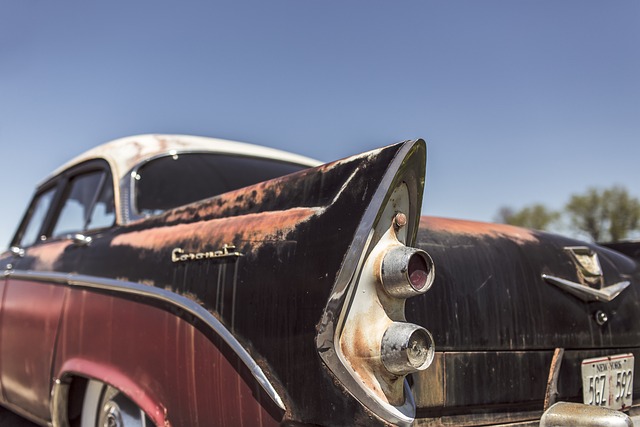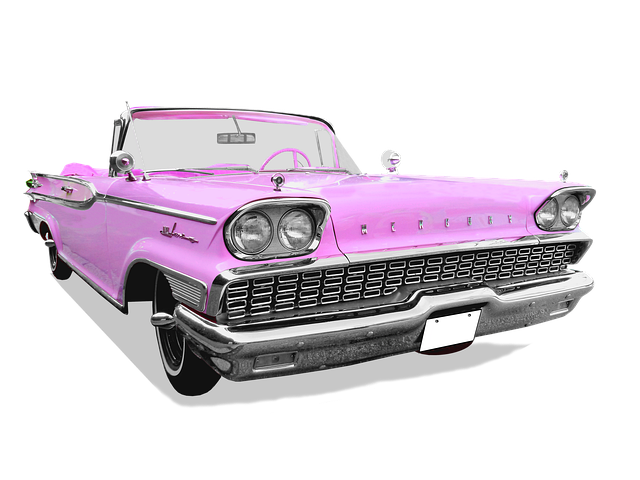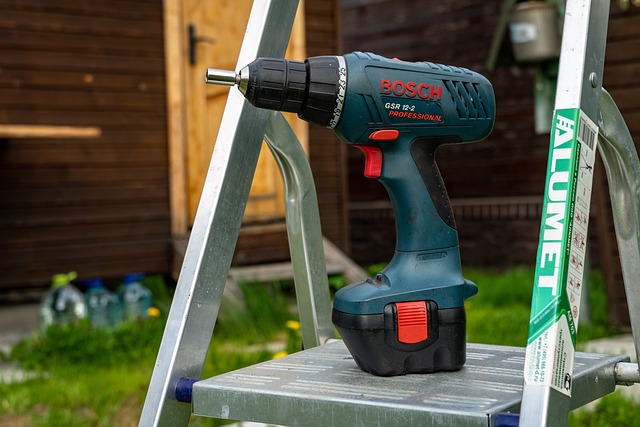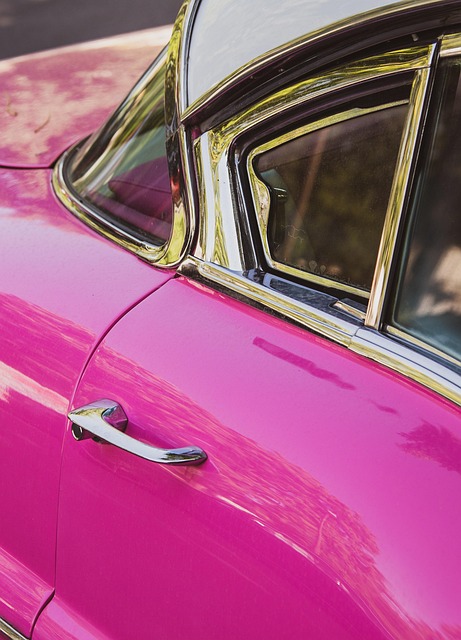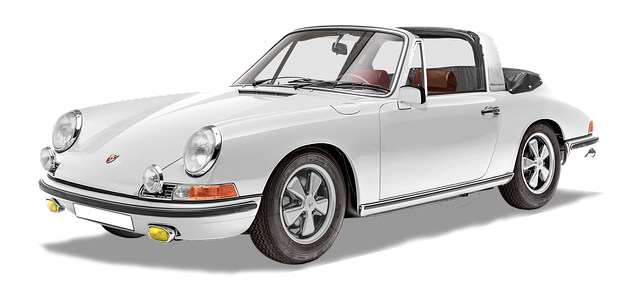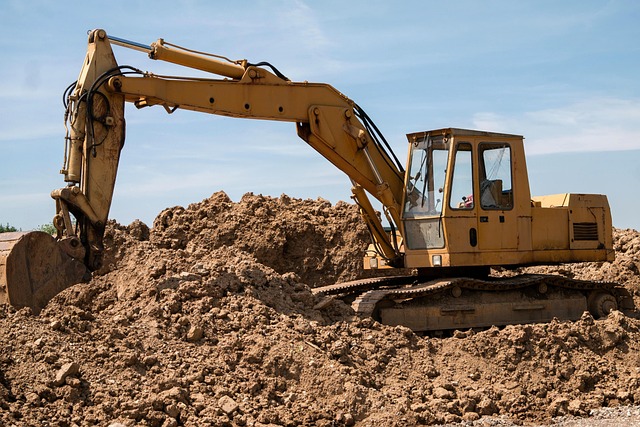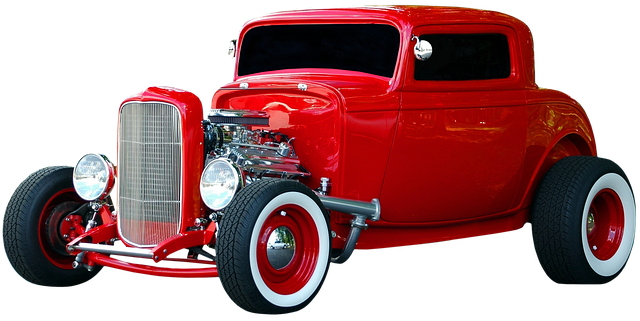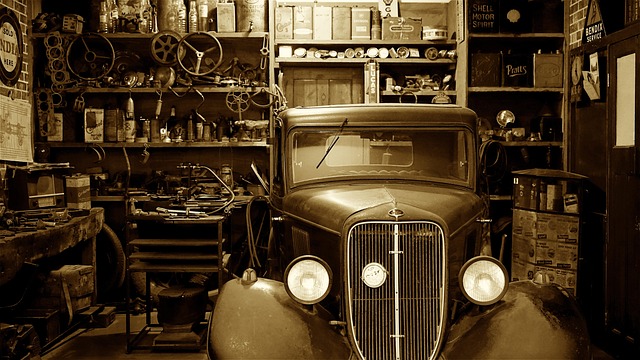Auto body restoration is a precise process that transforms damaged car panels into pristine condition through inspection, removal of damage, patching, priming, painting, and clear coating for protection. This eco-friendly practice conserves automotive waste by repairing instead of replacing parts, boosts vehicles' resale value, and strengthens structural integrity. Technicians specialize in various metal types and paint finishes to ensure high-quality outcomes. Key steps include diagnosing rust and dents—visually assessing corrosion, pitting, or flaking paint for rust and using flashlights to detect bubbles or surface variations for dents. The restoration process involves multiple stages: inspecting damage, cleaning, treating dents/rust, applying primer, fixing dents with tools like dent pullers, addressing rust with solutions or sandblasting, and finally, painting the panel to match the car's original color perfectly.
Looking to restore your rusted or dented car? Auto body restoration is a meticulous art that can bring your vehicle back to its former glory. This comprehensive guide delves into the process, benefits, and essential techniques for repairing damaged car panels. From diagnosing rust and dents to implementing effective restoration methods, discover how auto body restoration can transform your ride, enhancing both its aesthetics and value.
- Understanding Auto Body Restoration: The Process and Benefits
- Diagnosing Rust and Dents: Evaluating the Damage
- Step-by-Step Guide to Effective Auto Body Restoration Techniques
Understanding Auto Body Restoration: The Process and Benefits
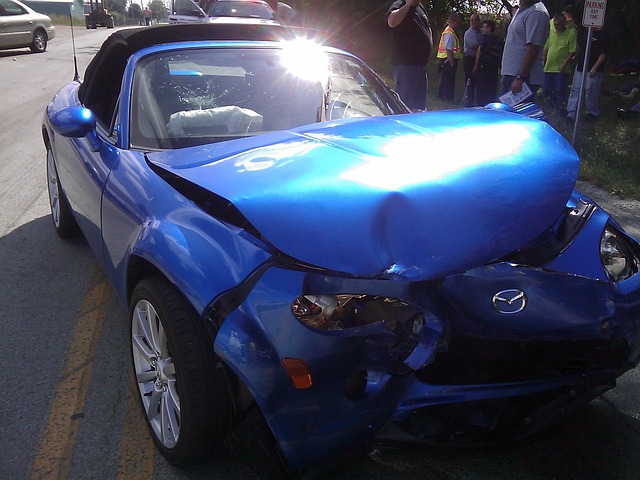
Auto body restoration is a meticulous process that transforms rusted or dented car panels into pristine, like-new conditions. It involves a series of steps including inspection, removal of damaged areas, patching, priming, painting, and finally, a clear coat to protect the repair. This intricate work requires skilled technicians who understand the nuances of different metal types and paint finishes.
The benefits of auto body restoration extend beyond aesthetic improvements. By repairing rather than replacing panels, it’s an eco-friendly choice that reduces automotive waste. Additionally, it can significantly enhance a vehicle’s resale value, saving owners money in the long run. Moreover, restoring a car’s body ensures better structural integrity, improving safety and performance on the road. For those seeking to preserve their vehicle’s beauty or restore its former glory, auto body restoration stands as an indispensable solution, offering both practical and monetary advantages.
Diagnosing Rust and Dents: Evaluating the Damage

Diagnosing rust and dents is a crucial step in auto body restoration. To begin with, thoroughly inspect the car’s panels for any visible signs of corrosion, pitting, or flaking paint. These are clear indicators of rust damage. Check for bubbles, depressions, or variations in the panel’s surface, which suggest dents. Using a flashlight can help identify hidden dents or rust beneath the surface.
In more severe cases, professional tools like metal detectors and magnetic probes might be employed to pinpoint rust spots precisely. For dents, visual assessment along with running your fingers over the panel can often reveal their depth and extent. This initial evaluation guides the selection of appropriate restoration techniques—whether it’s paintless dent repair for minor dents or more extensive auto body services for significant rust and damage.
Step-by-Step Guide to Effective Auto Body Restoration Techniques
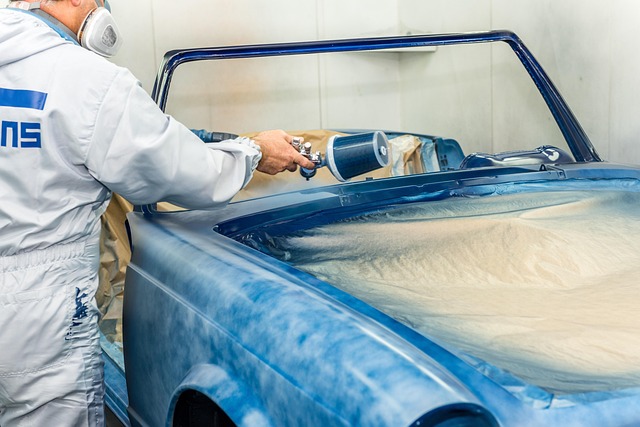
Restoring auto body panels is a meticulous process that involves several steps to ensure optimal results. Here’s a step-by-step guide to help you tackle rusted or dented car panels effectively:
1. Assess the Damage: Begin by thoroughly inspecting the affected areas. Identify the extent of rust and dents, taking note of their size and depth. This initial evaluation guides your restoration approach. For severe cases, consider professional auto repair services for safety and precision.
2. Prepare the Surface: Once you’ve identified the issues, prepare the surface by removing any loose rust or debris using specialized tools designed for car body repair. Ensure the panel is clean and free from contaminants to achieve a smooth finish. After cleaning, use an appropriate primer to seal the metal, preventing further corrosion.
3. Fix Dents: For dented panels, there are various techniques available. One common method is using a dent puller or a hammer and dolly set to gently press out the dents. This process requires skill and precision to avoid damaging the panel further. Alternatively, for more severe dents, a professional bumper repair service might be needed.
4. Address Rust: Treating rust involves removing the affected metal and replacing it with new panels if necessary. You can use specialized rust removal solutions or mechanical methods like sandblasting. After treatment, apply a protective coating to prevent future corrosion.
5. Paint and Finish: The final step is painting the restored panel to match your car’s original color perfectly. Skilled technicians use a combination of techniques, ensuring a seamless blend with the surrounding body panels. This meticulous process completes the auto body restoration, giving your vehicle a like-new appearance.
Auto body restoration is a valuable skill that can transform rusted or dented car panels into as good as new. By understanding the process, diagnosing damage effectively, and employing the right techniques, you can restore your vehicle’s aesthetics and structural integrity. Auto body restoration isn’t just about fixing dents; it’s about preserving the value and longevity of your vehicle. With dedicated effort and the right approach, you can achieve outstanding results, ensuring your car looks and performs at its best for years to come.

